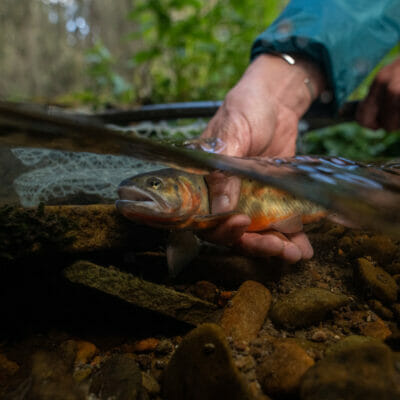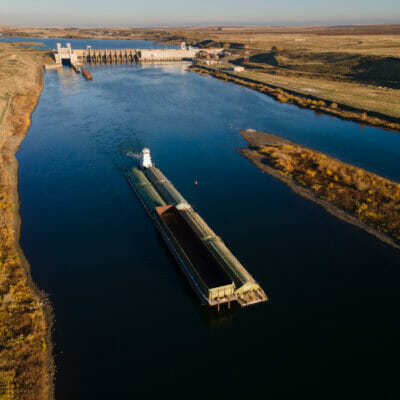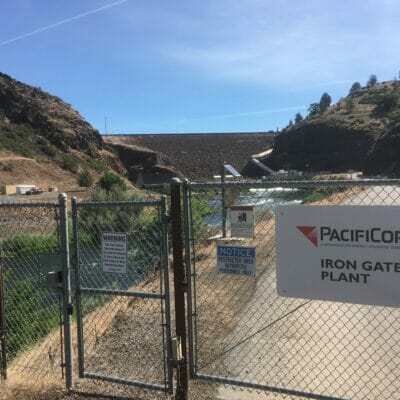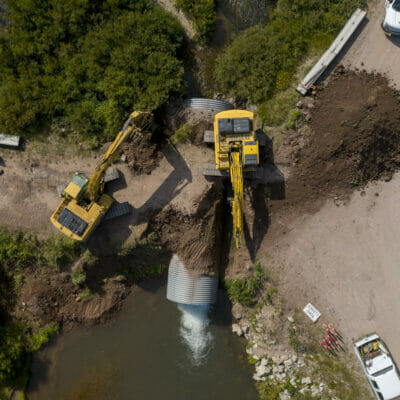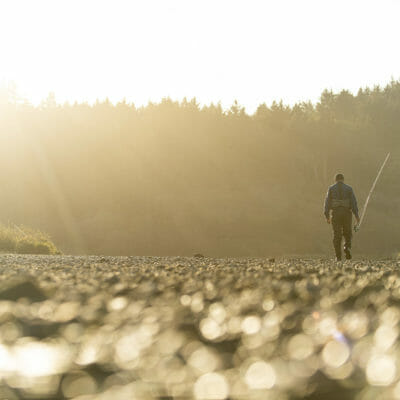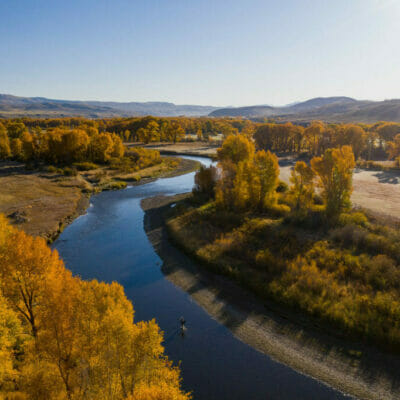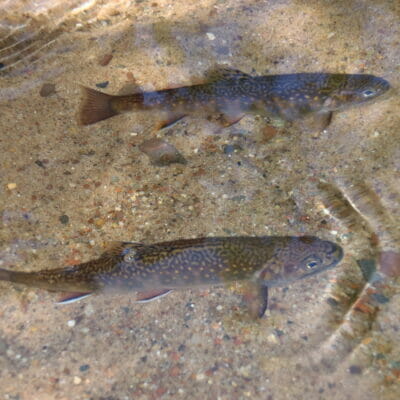For two decades Trout Unlimited has worked to protect and restore one of the most unique trout sub-species in North America — the Rio Grande cutthroat — by engaging numerous partners in protecting, reconnecting and restoring coldwater habitats in the Rio Grande basin.
TROUT magazine editor Kirk Deeter explains why he dedicated the entire fall issue of TROUT magazine to the campaign to remove the four lower Snake River dams
Signatories to the Klamath Basin Hydroelectric Settlement Agreement, including Trout Unlimited, held a press briefing on November 12 and said they are in a “sprint to the finish” to achieve the pact’s principal goal of removing four old dams on the Klamath River. The signatories, including Tribal leaders, a representative of the ranching community, and…
What do bridges, highways, and rail have to do with wild and native trout and salmon?
by Sam Davidson | November 4, 2021 | Conservation
The State of Oregon is justifiably famous for many things, among them its world-renowned salmon and steelhead fisheries. But a slew of impacts, including hotter and drier conditions associated with climate change and harmful timber practices (especially on private forest lands), have diminished many of Oregon’s salmon and steelhead runs. Late last Friday, eighteen months…
The Colorado River Connectivity Channel is an effort by Trout Unlimited and many other partners to reconnect a mile of the river near its headwaters.
For two decades, Whittlesey Creek National Wildlife Refuge has been the site of U.S. Fish and Wildlife Service efforts to restore self-sustaining populations of coaster book trout. Trout Unlimited has been a partner in the work. The efforts haven’t been successful, but have increased knowledge about this unique form of brook trout and what could be needed to restore the fish to Lake Superior tributaries.
